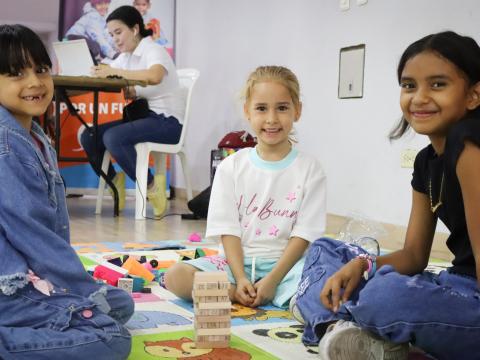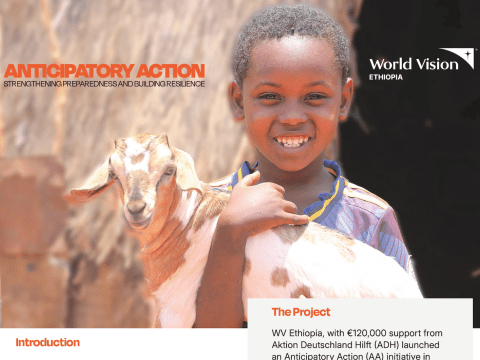Economic strengthening, resilient livelihoods approaches and child well-being Evidence and knowledge gaps
DownloadWV and many other international and local nongovernmental organisations (NGOs) are seeking to alleviate poverty and improve CWB by helping individuals in the context of their communities to develop their assets, capabilities and livelihood strategies at the HH level. A key goal is to enable parents and caregivers to provide well for their children. Core to this is addressing HH economic well-being – improving access to income, savings and loans so that children’s food, medical, education and other basic needs can be covered. Improved and more reliable HH income is also assumed to build resilience to disasters and emergencies. These assumptions are based on evidence that HH assets influence CWBin developing countries by creating opportunities for accessing services, enhancing child development outcomes, lowering child mortality and illness, reducing the likelihood of detrimental child labour and improving school enrolment and educational attainment (Chowaet al., 2010). WV’s theory of change for CWB outlines the thinking on how change takes place. Reviews, such as this paper, seek to develop the evidence base supporting and challenging this theory.



